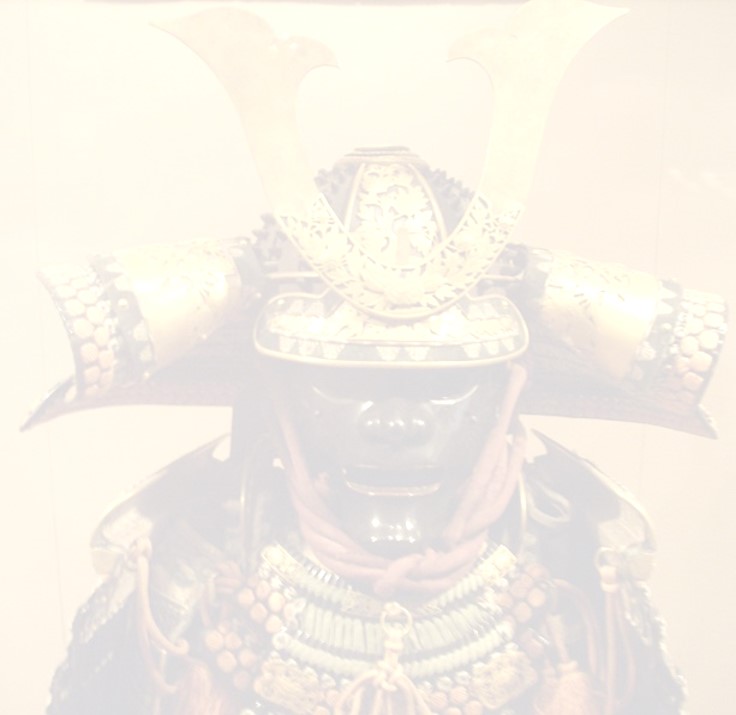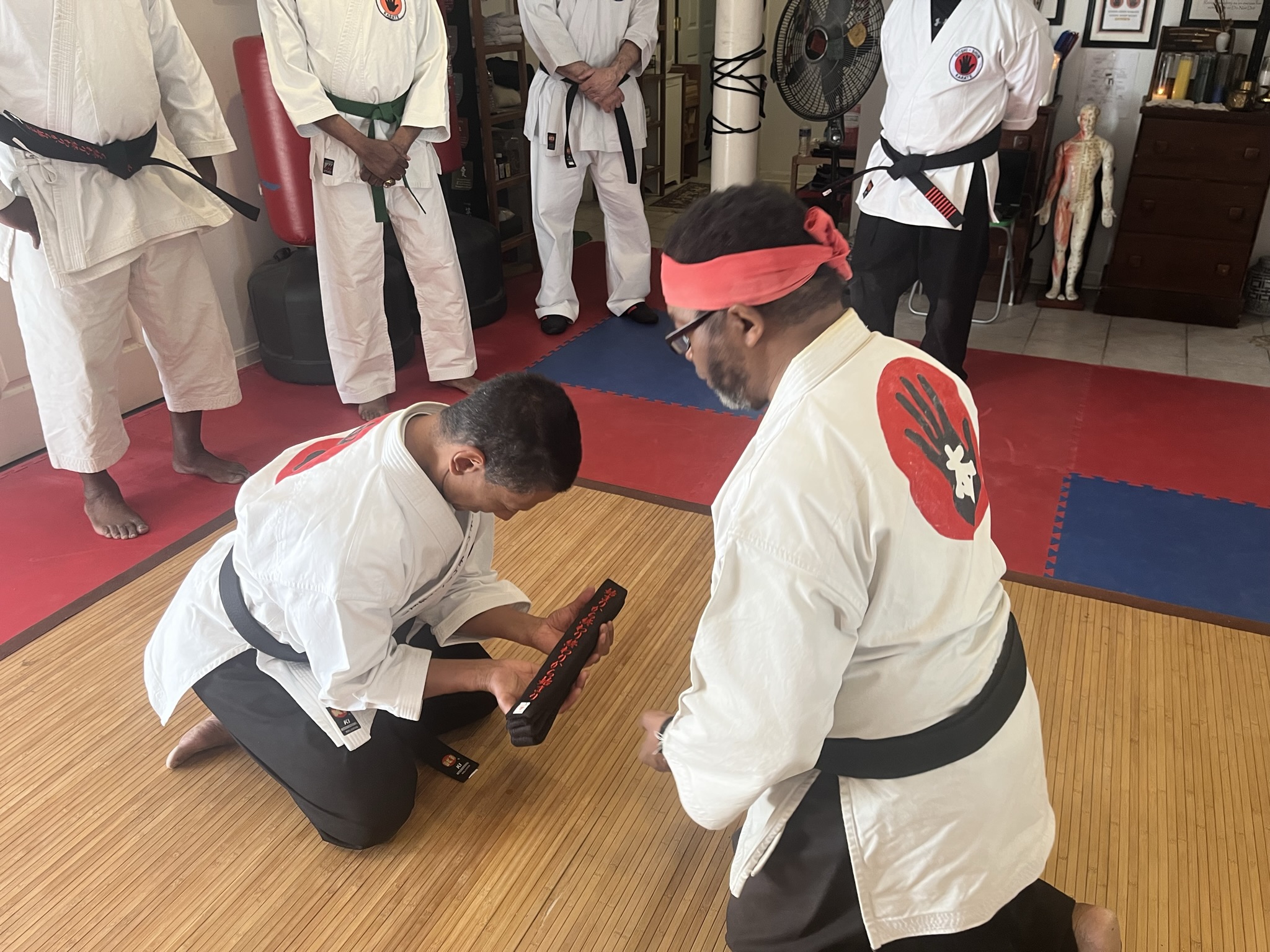The History of Karate
The term Karate is derived from two Japanese and Okinawan language characters, which have Chinese linguistic roots. These characters are “Kara,” which means empty, and “Te,” which means hand usage. The meaning of the combined words is “empty hand techniques.” A more modern interpretation is “unarmed combat.”
This art of unarmed combat has evolved over thousands of years to include the use of indigenous weapons of hand-crafted origins. Many have their origins in farm and skilled craft tools. They were traditionally crafted from wood, cords, and various metals. Many of these ancient weapons were derived to defend against attacks with the sword and other blade weapons, such as the knife and the spear. Modern applications of these traditional weapons and techniques include defenses against guns and other hand-held weapons.

The Benefits of Karate
The art of karate has a primary motive of self-defense. Some additional benefits for practitioners of Keiko, or modern karate training, are physical fitness, mental astuteness, and spiritual awareness. Modern karate training has two areas of focus: self-awareness and self-defense. The disciplines of self-defense training focus on five areas:
Keiko: physical and mental strengthening
Kata: traditional choreographed forms
Kihon Waza: fundamental defense techniques
Kumite: fighting or sparring
Kobudo: weapons training and defense
Traditional systems of karate extend the concept of self-defense to include protecting yourself against the natural elements and illness. They also extend the concept of self-awareness to include “Ki” (also known as “Chi” or “Qi” in Chinese) and relates to internal energy, Kokyu Waza (breathing techniques), and meditation (a non-religious form of mental and spiritual awareness focusing on concentration and contemplation). The goal of these systems is to help in personal development, self-preservation (the divine right of the individual to live), and to make beneficial contributions to the larger society through acts of goodwill.

